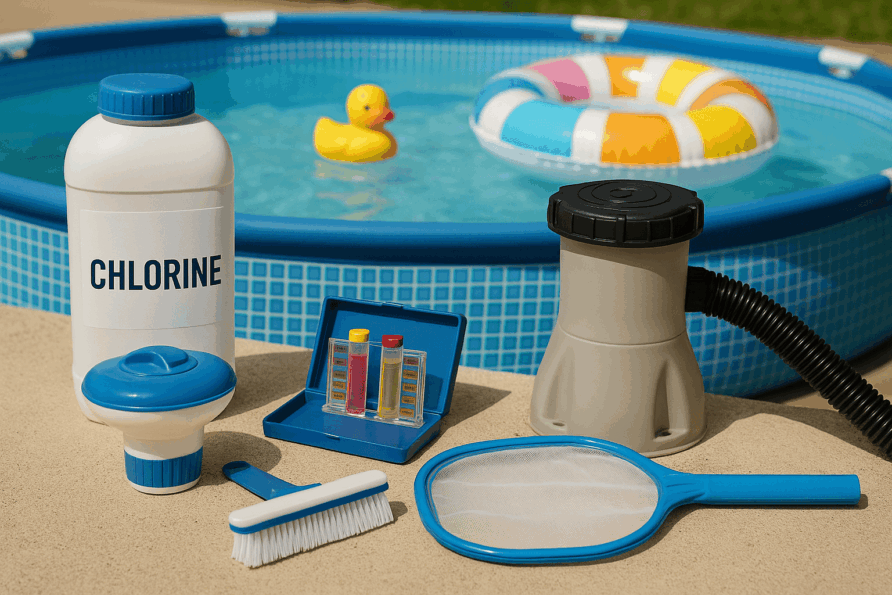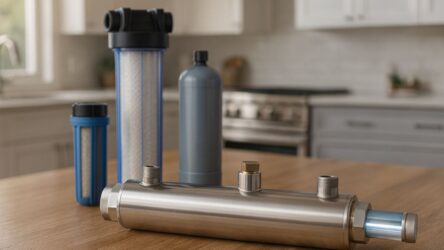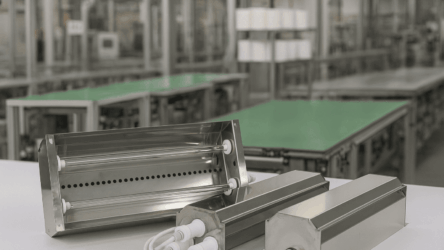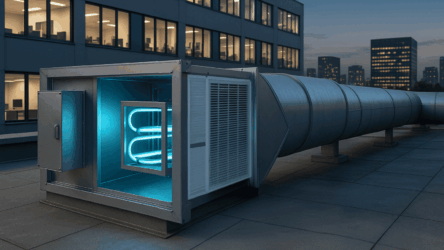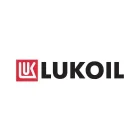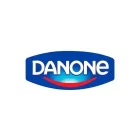A children's pool is a perfect source of fun and relief on hot days—but beneath the splashes, serious health threats can lurk. A child’s immune system is highly vulnerable to bacteria, viruses, and fungi that quickly multiply in warm, untreated water. Without proper water care, the pool can turn into a breeding ground for dangerous microorganisms, increasing the risk of skin infections and gastrointestinal illness. Here's how to prepare and maintain a safe swimming environment for children.
Step-by-Step Water Preparation: Where to Start
Start by sanitizing the pool structure. Before setting up an inflatable or frame pool, wipe the surfaces with an algaecide. This prevents algae and spore growth. Let it dry completely—this step is essential.
If your pool has a filtration system, check its condition. Replace the filter if needed and clean the housing. If there’s no filtration at all, install at least a basic filter to remove fine particles and inhibit microbial growth.
Fill the pool with clean tap water or pre-purified water. Then, carry out the initial disinfection. Fast-dissolving chlorine-based chemicals are commonly used. Shock chlorination is especially effective, but it requires a waiting period of at least 12 hours before swimming (always follow product instructions).
However, chlorine treatment has its downsides. It can form chloramines—irritating compounds linked to eye and skin irritation and even respiratory issues in children. To reduce these risks, you can supplement chemical treatment with UV disinfection systems like UVL-AQUA. These ultraviolet lamps neutralize chloramines and suppress microbial growth—without altering the water’s composition.
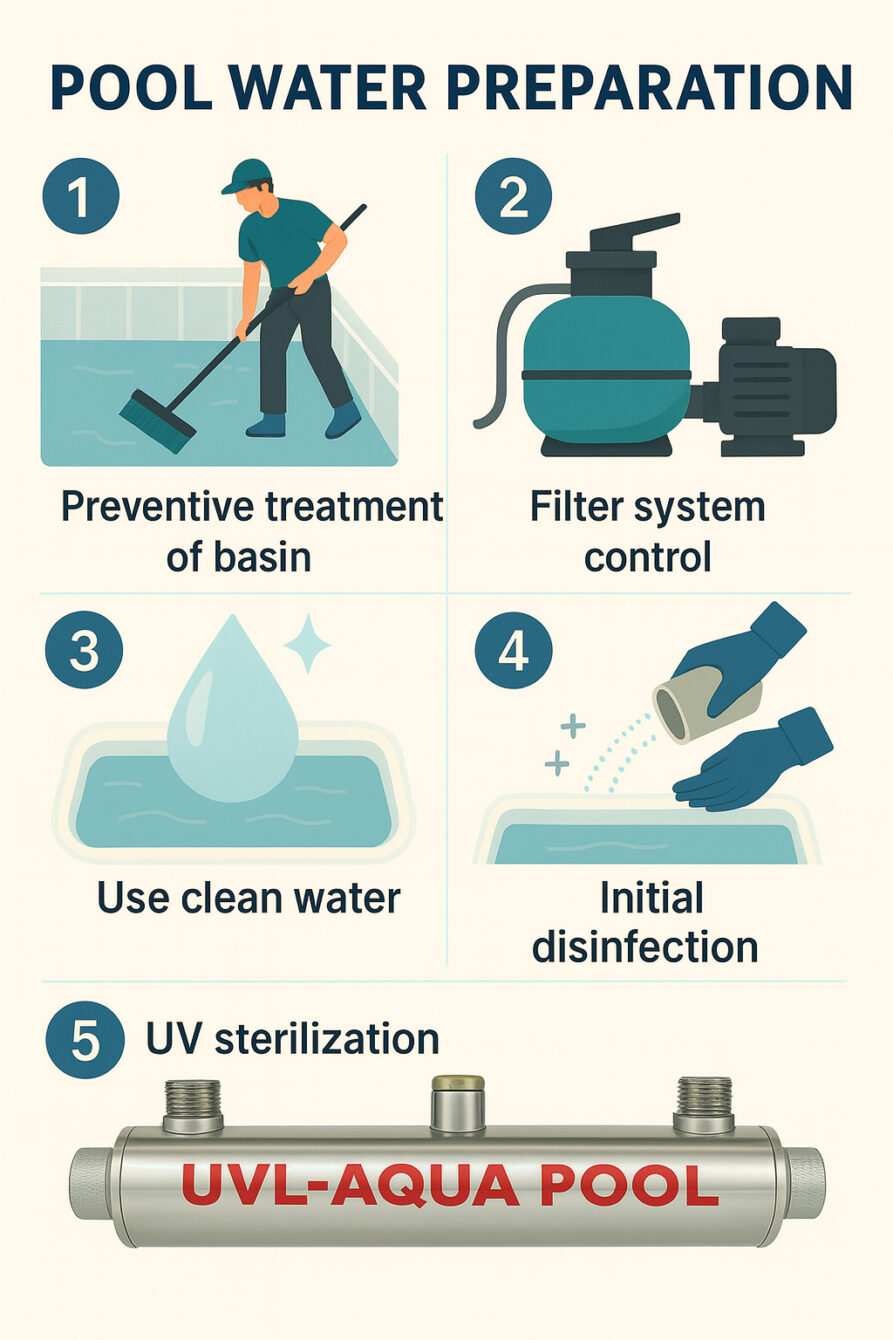
How to Maintain Clean Water
To keep the pool water safe, follow these practices:
- Add pool chemicals regularly (including periodic shock treatments).
- Clean or replace filters consistently.
- Ensure proper circulation with a pump, even a small continuous-flow unit.
- Refresh the water: at least 10% of the volume daily. For small inflatable pools, a full water change every 1–2 weeks is recommended.
- Consider adding a UV sterilizer for up to 99.9% reduction in harmful bacteria and viruses, especially when only basic filtration is available.
Keeping the Pool Germ-Free: It’s Possible
Ongoing disinfection is key to safe swimming. Ultraviolet disinfection lamps are one of the safest and most efficient methods of water sanitation. When used alongside a reduced dose of chlorine, they help keep the water clear and chemical levels low. This combined approach is ideal for children’s sensitive skin.
Water circulation rates are also regulated for children’s pools:
- For children under 7: complete filtration cycle every 30 minutes.
- For ages 7 to 14: full circulation every 2 hours.
UVL-AQUA systems can be selected based on these flow rate standards and the pump’s performance. For detailed technical specs and model selection, refer to the product catalog.
What Happens Without Proper Maintenance?
Neglecting pool maintenance can quickly turn water unsafe. Warmth, sunlight, and organic debris create ideal conditions for microbial growth.
The most common risks include:
- Bacterial contamination: Pathogens like E. coli, Salmonella, and Staphylococcus can cause severe gastrointestinal infections, vomiting, and high fever.
- Skin infections and rashes: Dermatitis, itching, fungal infections, and pustules are frequent, especially for kids with sensitive skin.
- Allergic reactions: By-products from decaying organic matter or microbial activity may cause rashes, nasal irritation, watery eyes, or breathing issues.
Even brief exposure can be harmful for children whose immune systems are still developing.
Final Thoughts
Proper water treatment is vital for your child’s health. Routine filtration, disinfection, and UV sterilization aren’t complicated—but they make all the difference. Modern tools like UV disinfection lamps ensure the water stays safe and inviting. Stick to simple care practices, and your kids’ pool will remain a clean and healthy place to play.

